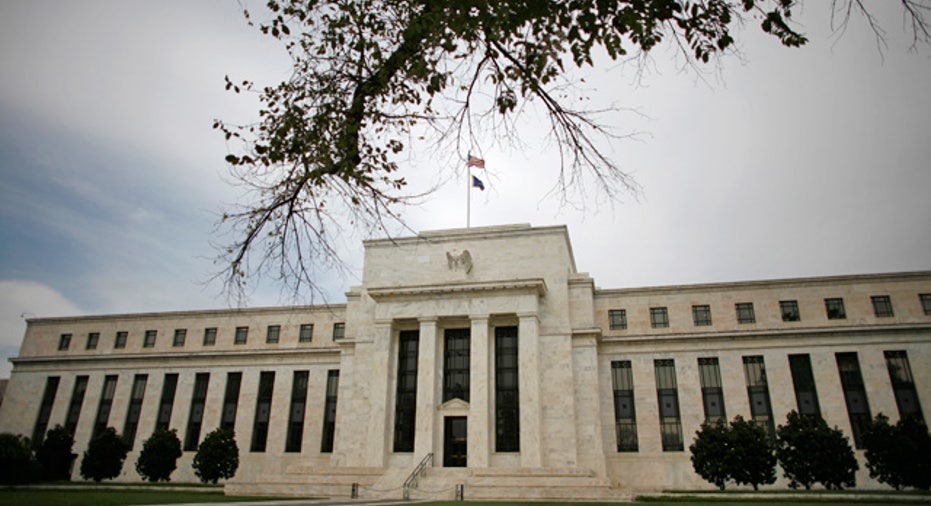Fed Officials: Further Monetary Easing Unlikely

With the U.S. economy on firmer footing the Federal Reserve Bank is unlikely to extend its bond-buying stimulus program beyond a planned $600 billion, several top Fed officials said on Friday.
Members of the more hawkish wing of the Fed went further, with Philadelphia Fed Bank
President Charles Plosser saying the U.S. central bank will have to reverse its easy money policy in the "not-too-distant future" to avoid sowing the seeds of inflation.
The Fed has kept short-term rates near zero since December 2008 and has bought more than $2 trillion in long-term securities to push borrowing costs down further and boost recovery from the 2007-2009 recession.
At its most recent policy-setting meeting, policymakers voted to continue the bond-buying program begun last November and slated to end in June.
"Following through on that to the tune of $600 billion, like we've said, I think is appropriate," Chicago Fed President Evans told reporters at the regional bank's headquarters. "I personally don't see as many needs for a further amount, as I probably thought last fall."
Evans comments, along with those of Atlanta Fed President Dennis Lockhart who said on Friday that "it's a high bar" for the Fed to do more, suggest the debate at the Fed has moved away from a consideration of further easing.
"Given the pressure, from the hawks on the Federal Open Market Committee, the public,
Congress, and foreign officials, I would highly doubt Evans would say something like that if Chairman Ben economy," said Plosser, one of the central bank's biggest inflation hawks.
"Failure to do so in a timely manner could have serious consequences for inflation and economic stability in the future," said Plosser, a voter on the Fed's policy-setting committee this year.Plosser outlined his preferred strategy for eventually tightening policy.
He said he would like to raise interest rates and reduce the Fed's balance sheet -- which ballooned to more than $2 trillion during the crisis -- at the same time.
"My proposed strategy involves raising rates and shrinking the balance sheet concurrently and tying the pace of asset sales to the pace and size of interest rate increases," Plosser said.
"By tying sales to interest rate decisions, it allows the process for selling assets to be conditional on economic outcomes in ways that are familiar to market participants," he said.
Evans, who like Plosser has a vote on the policy-setting committee this year, suggested that the Fed would not quickly move to tighten its extraordinarily loose monetary policy, and would likely try to keep its balance sheet steady once active bond-buying stopped.
That would require the Fed to continue to reinvest proceeds of maturing securities in new purchases, as it has been done for some months now.
"It is natural to expect there would be some period of time between when the $600 billion is completed and an assessment in the change of the trajectory," he said. After a period of what could be some months, he said, the Fed could stop reinvestments, a "modest step" toward tightening that probably not be followed quickly by other steps unless the economy was outpacing expectations.
Evans and Plosser both said the earthquake and nuclear crisis in Japan and the rise in oil prices because of turmoil in the Middle East pose a risk to the U.S. recovery -- but said he expected this risk to be small and short-term.
(Reporting by Kristina Cooke, Edith Honan in New York, Ann Saphir in Chicago, Pedro Nicolai da Costa in Ft. Myers, Fla., Philip Blenkinsop in Brussels, Editing by Padraic Cassidy and Andrew Hay)